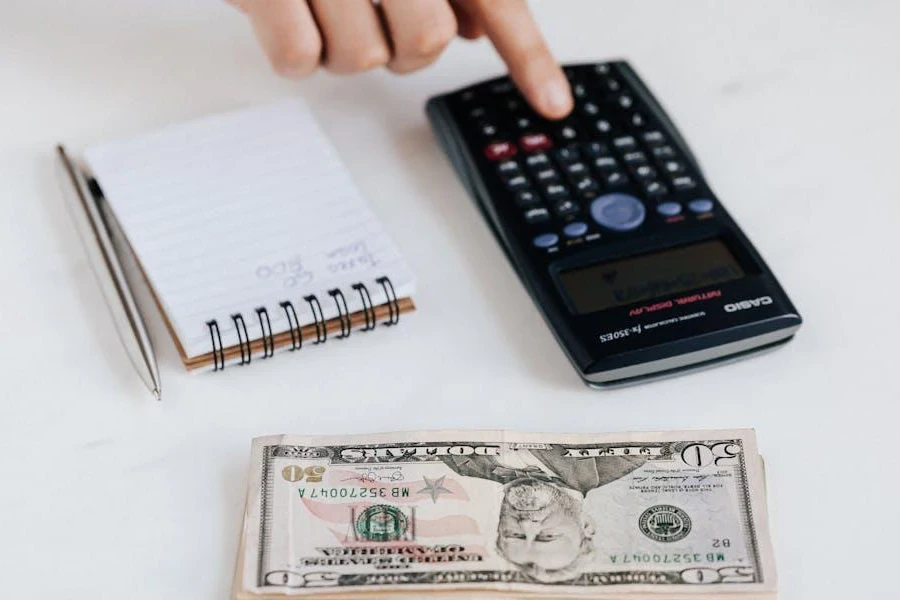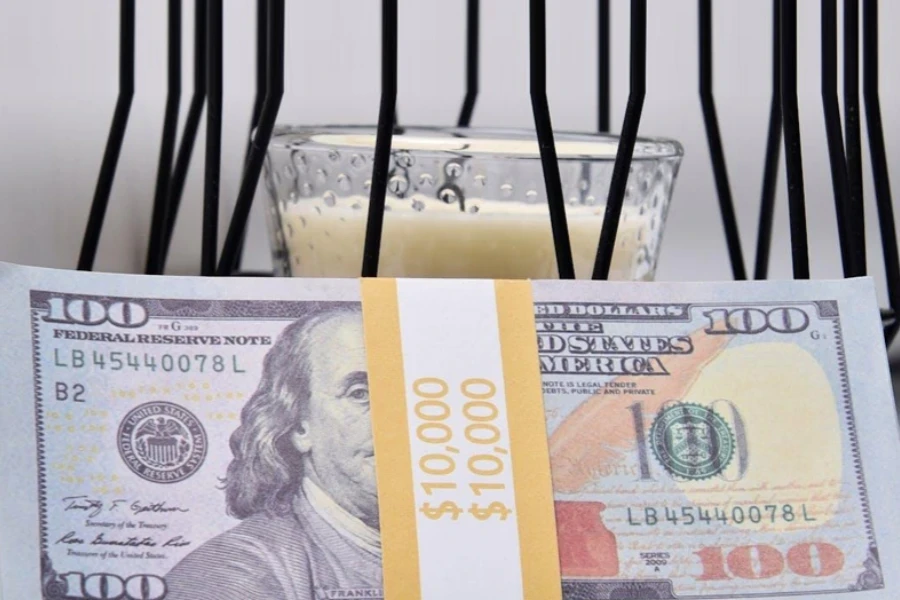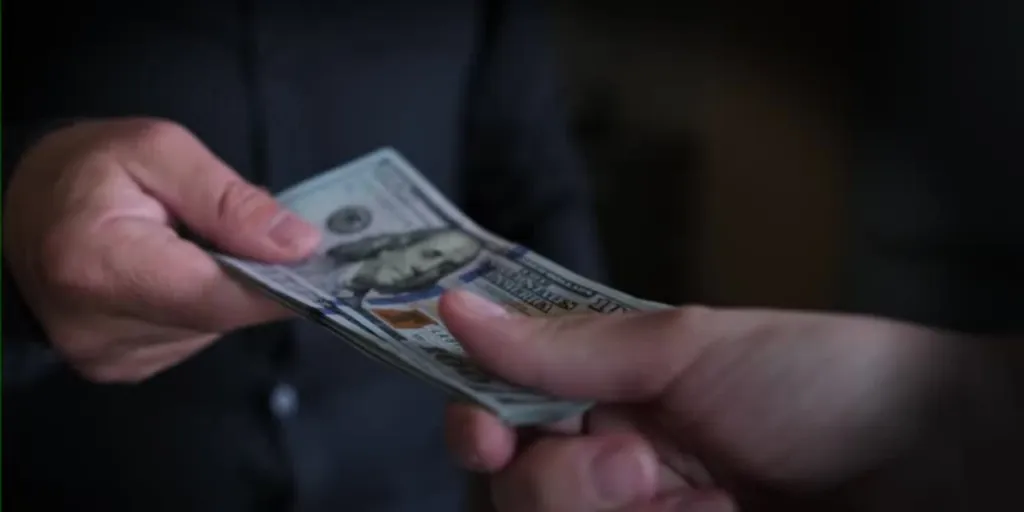The coffee machine just broke, and you need to send your employee to the nearest shop for a batch of hot coffee. The problem? The employee has no cash, and their credit card is maxed out. That’s where petty cash comes in handy.
Petty cash helps companies handle small expenses that don’t require tapping into business funds. It can save a lot of stress or help reimburse employees when they spend their funds on behalf of the business. So if you’re ready to set up a petty cash fund for your business to keep things running smoothly, that’s where this guide comes in.
Read on to discover how to set up your petty cash properly in five simple steps.
Table of Contents
What is petty cash?
What are the types of petty cash?
5 steps to help businesses set up petty cash
How businesses can improve their petty cash management
Bottom line
What is petty cash?

Petty cash is the small amount of money a business keeps aside for unexpected expenses, such as grabbing coffee for a meeting or covering dinner for an employee working late. It comes in handy when offering a formal reimbursement process or writing a check would be impractical or take a lot of time.
An example of how petty cash works and its benefits
On her way to work, Sarah gets a call from her boss asking her to grab some markers and sticky notes for a last-minute brainstorming session. With only US$ 15 in her wallet and no credit card, she buys the supplies despite worrying about covering the cost.
Luckily, Sarah’s office has a petty cash fund, and her boss reimburses her immediately. She doesn’t have to wait for weeks to get her money back. Here are other things companies usually use petty cash for:
- Snacks for the office
- Coffee runs
- Tips for delivery drivers
What are the types of petty cash?

1. General petty cash
This type is a small pool of money set aside for unexpected everyday expenses. It’s handy for covering office supplies, postage, or small employee reimbursements.
2. Imprest petty cash
Imprest petty cash is a specific amount for ongoing needs, like reimbursing employees for travel expenses. Businesses regularly top up these funds to maintain the same balance, ensuring money’s always available for these specific costs.
3. Emergency petty cash
These funds are usually small money stashes set aside for those “just-in-case” moments, like when a window unexpectedly breaks or the printer suddenly stops working. It’s there to cover urgent, unforeseen expenses.
4. Discretionary petty cash
This fund gives managers more financial flexibility. They can use this money at their discretion to reward a hardworking employee with a little treat or pick up something small that wasn’t planned in the budget.
5 steps to help businesses set up petty cash
Not sure where to start when setting petty cash funds? Follow these simple steps to have it ready in no time. But, first, businesses must decide where they will keep their emergency funds, like a lockbox, locked drawer, or secure account.
Step 1: Set account limits

The next thing businesses should do is set the amount they will keep in their petty cash fund. While most offices start at US$ 100 to US$ 200, companies can adjust it based on their predicted needs. After that, they must consider how to top up the account.
This point is what we call the “replenishment point.” For instance, a business with a US$ 100 petty cash fund can choose to refill it once it goes below US$ 15. At that point, they will record the expenses and write a check to return the fund to its original amount.
Step 2: Choose who will manage the funds

Does the business have an office manager? If yes, they are usually the best person to handle the petty cash fund. However, business owners with a small team can take on that responsibility themselves.
No matter what companies think is the best option, they must ensure only one person can access the fund at a time. This helps prevent unaccounted-for withdrawals or potential theft. After deciding who’s in charge, businesses can add the funds or cash a check to their petty cash lockbox.
Step 3: Make a log

Businesses can’t keep track of their petty cash expenses without a log. Every time money leaves or enters the account, the person in charge must record it in the created log. That’s why employees must have a receipt for any money spent from the fund.
For example, if Sarah purchases cupcakes for a meeting and wants a reimbursement, she must provide a receipt. The person in charge will then use the receipt to record the petty cash expense in the general ledger, ensuring they properly account for everything. Here’s an example of what a log could look like:
| Date | Details | Cash in | Cash out | Balance |
| 9-2-2024 | Office Supplies | US$ 10 | US$ 90.00 | |
The petty cash log should track the following key details: the transaction’s date, a brief description, the cash added, the amount spent, and the remaining balance. When the balance drops to the set replenishment level, businesses can write a check to restore the fund to its original amount.
Step 4: Record and reconcile petty cash expenses

When the petty cash stash is getting low, it’s time to review and add more cash to refill it. Businesses can start by matching their receipts with what’s recorded in the petty cash log to ensure everything adds up. If there’s any difference between the physical cash and log records, business owners must track down any discrepancies. Once everything matches, businesses can record the expenses in their general ledger and replenish the funds.
Step 5: Reassess the petty cash limit periodically

Is the business using up petty cash quickly? Then, it’s time to increase the amount deposited into the petty cash account. However, they shouldn’t just increase the amount without reviewing what they are spending it on.
For instance, if the business frequently buys coffee for the office, it can consider using the regular budget instead of dipping into petty cash every week. This way, companies can keep their petty cash fund for other small, unexpected expenses.
How businesses can improve their petty cash management
Manual processes often face issues that lead to poor budgeting and increased chances for fraud. However, expense management software can help businesses streamline petty cash handling. They can help automate these tasks, reducing eros and misuse by centralizing documentation, speeding up reconciliations, and simplifying audits with standardized templates.
The best part? Businesses can customize the software for different locations. Some services, like Happay, even offer prepaid cards, which allow real-time tracking and management of funds from a cloud-based platform. It’s an excellent way to enhance efficiency and control over petty cash expenses.
Bottom line
By now, small businesses should’ve decided if they want to set up a petty cash fund and should have a good idea of how to do it. But before that, they must have clear guidelines to keep things running smoothly. Remember to create a petty cash policy that specifies what employees can use the money for and set spending limits.
Then, they can settle anything above the limit from a different account. Even if the business had only one employee, a petty cash fund could be handy for covering unexpected costs efficiently.




